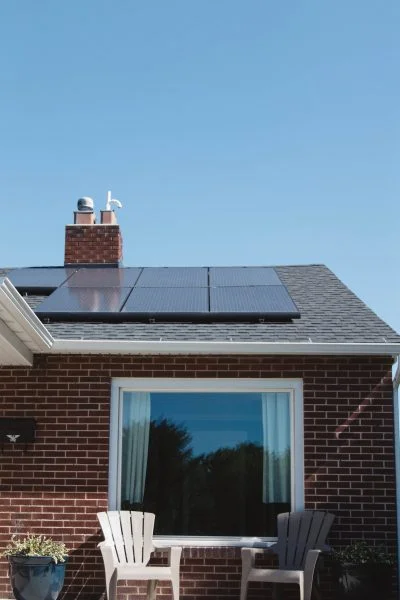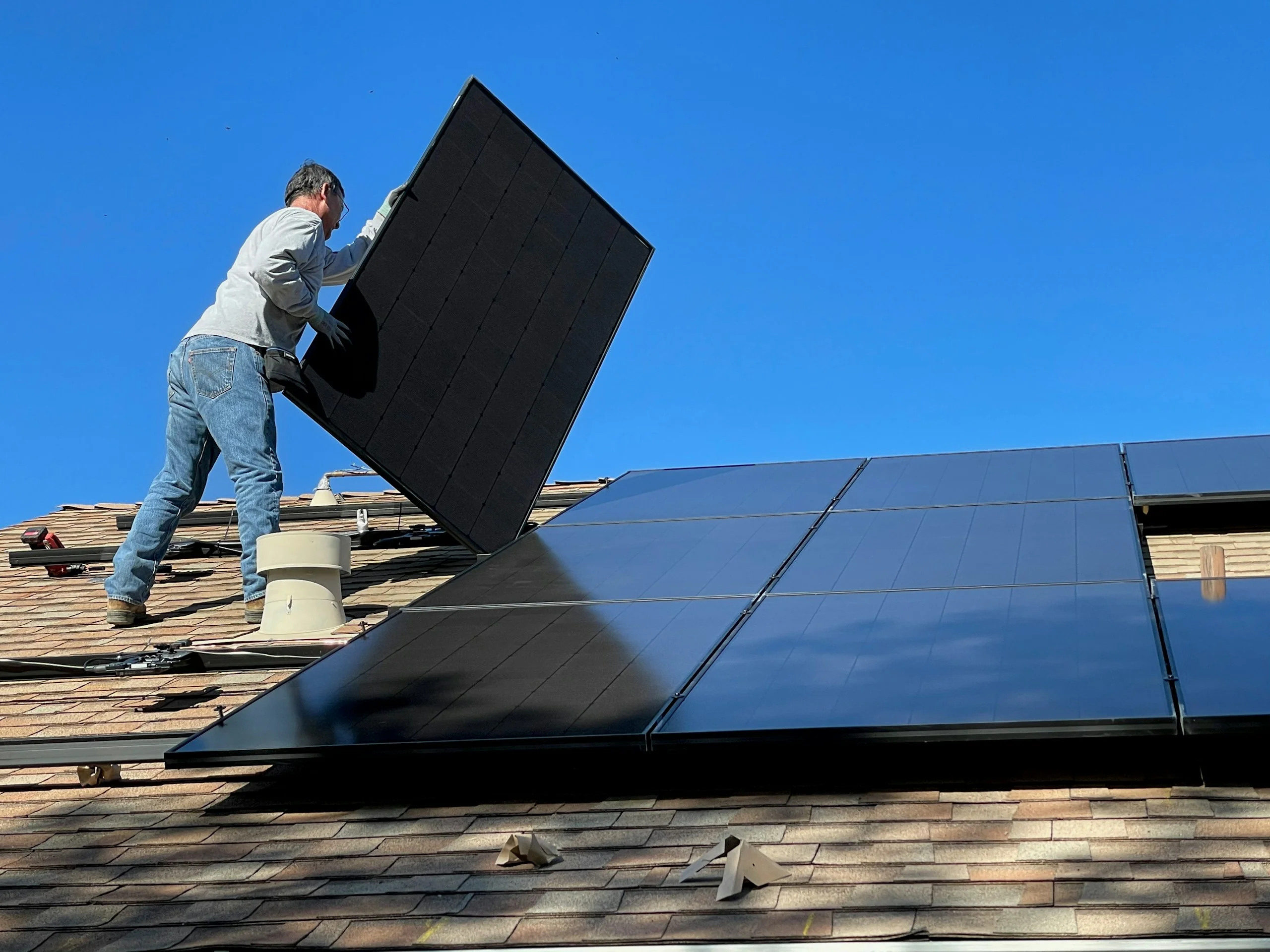Providing Professional Solutions for Homes and Businesses for Over 40 Years
Contact Us Today For Reliable, Expert Service!


No Shorts Electric has been a licensed electrical contractor in Nassau County for over 40 years. We are a locally owned, business focused on building long term relationships with our neighbors in the Nassau counties and Suffolk communities. Our team of electrical contractors are knowledgeable in every aspect of commercial and residential services and provide expert craftsmanship.
Are you looking for an electrician or electrical contractor right away?
Give us a call! When available we do our best to offer same day service to our clients. If we can’t get an electrician out right away, we will schedule you in the first slot available for service
If you are looking for licensed commercial electrical contractors or residential electricians in Nassau County, look no further than No Shorts Electric. We are dedicated to providing reliable, safe, and efficient electrical solutions tailored to your needs.
At No Shorts Electric, we pride ourselves on being a leading provider of comprehensive electrical solutions for commercial and residential needs in Nassau and Suffolk counties. With years of industry experience, our team of skilled electricians are committed to delivering top notch services that meet and exceed your expectations.
Electrical emergencies can strike anytime, disrupting your business operations and causing inconvenience. Our dedicated team of emergency commercial electricians is available to swiftly respond to your urgent electrical needs. Whether it’s a power outage, faulty wiring, or another electrical issue, you can count on us to restore normalcy quickly and efficiently.
At No Shorts Electric, we understand the importance of having reliable, safe electrical systems. Therefore, we provide commercial & residential electricians for your service needs. Our certified electricians are trained to handle projects of all sizes with precision and expertise. From installing new electrical systems to repairing existing ones, we prioritize safety, compliance, and customer satisfaction.
Get reliable, professional solar solutions tailored to your needs by partnering with the experts at No Shorts Solar Inc.
Save on energy bills and protect yourself from rising costs by switching to solar
With both the state and federal government offer incentives, making the switch to solar is a no-brainer


We’re proud to be the trusted choice for homeowners and businesses in the area. Contact our team today, and we’ll ensure your property stays in top condition.

Whether you need expert electrical repairs, installations, or a consultation for your next project, our team is here to help. At No Shorts Electric Inc., we pride ourselves on delivering top quality service to your specific needs.